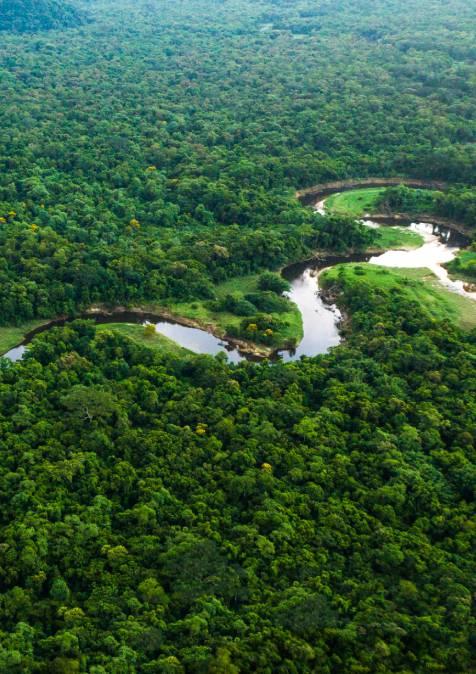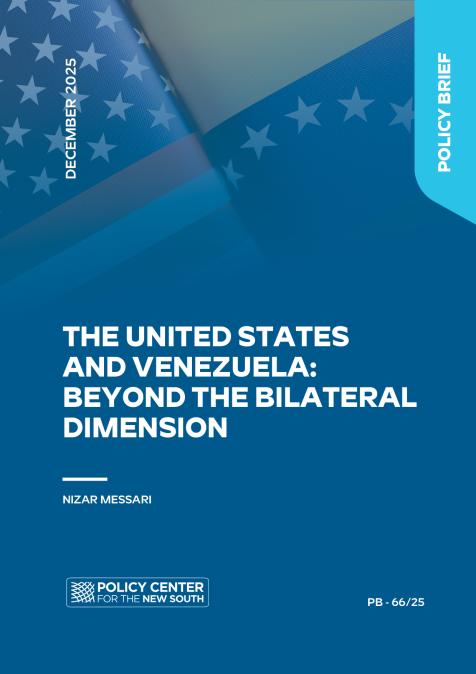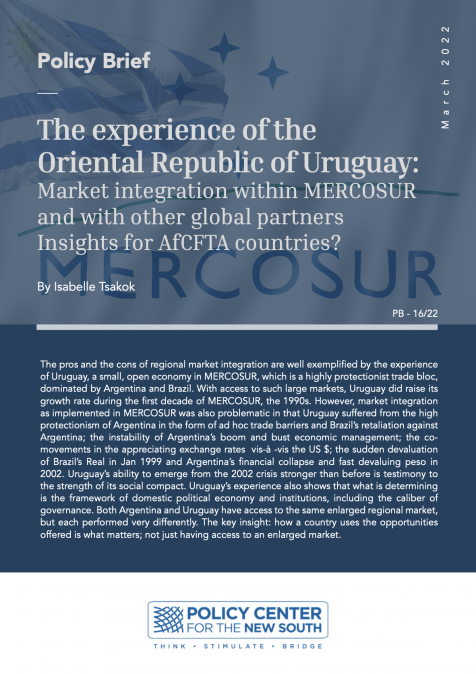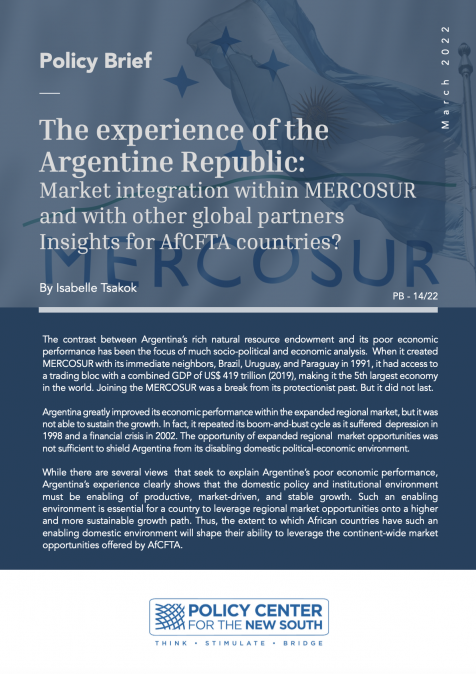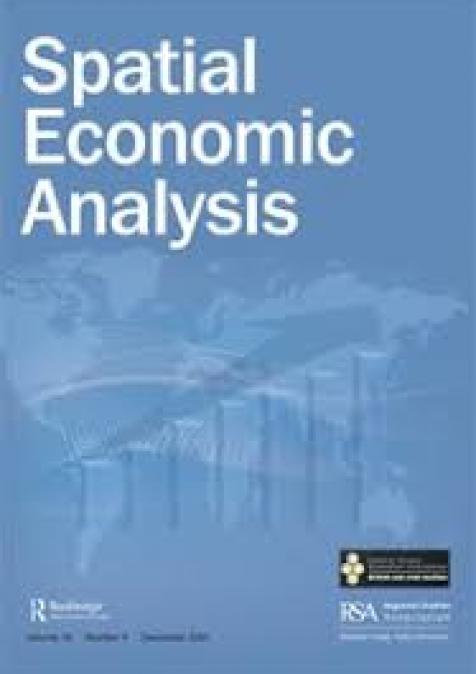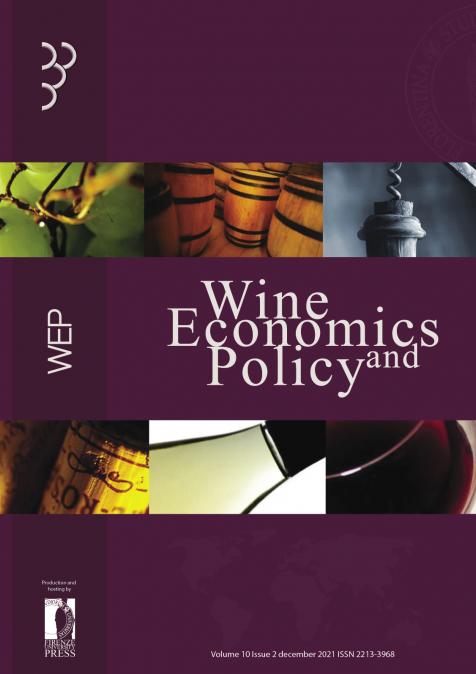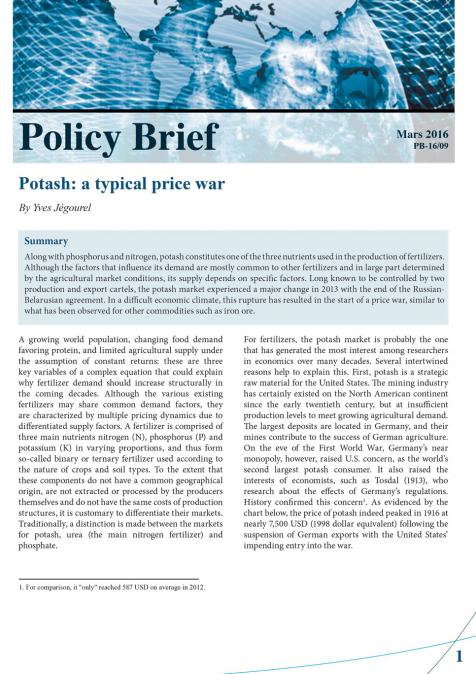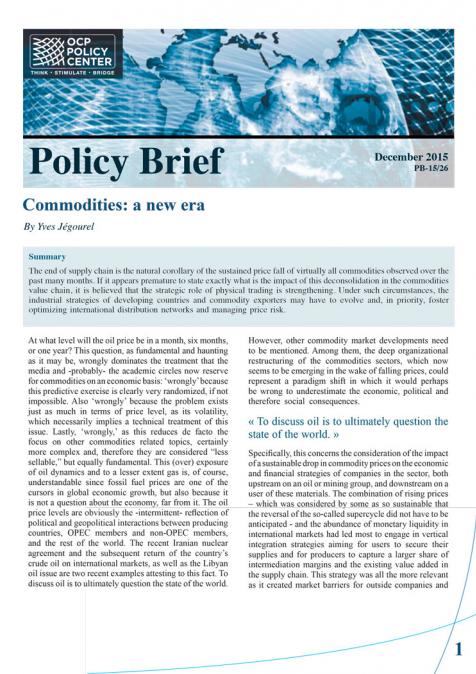Publications /
Opinion
In April 2007, on my first day as vice president at the Inter-American Development Bank (IDB) in Washington D.C., I received an informal visit from Thomas E. Lovejoy, a celebrated American environmental scientist who died last year. He spoke to me of a “turning point” in deforestation in the Amazon, beyond which the consequences would be irreversible. He was interested in knowing how the IDB could help in the fight against deforestation.
Thomas and the Brazilian environmental scientist Carlos Nobre, professor at University of São Paulo (USP), suggested a level of between 20% and 25% of combined deforestation and degradation as such a turning point for the east, south, and center of the Amazon.
At the origin of deforestation, there is a problem of what economists call ‘microeconomic incentives’, that is, the (risk-weighted) costs and benefits for the perpetrators. Avoiding forest damage means acting on this calculation.
The costs of forest damage are straightforward. Forests are large carbon sinks and their destruction in the world today is responsible for 7% of global carbon emissions, with the corresponding consequences for the climate. In addition, tropical forests preserve biodiversity and help regulate water cycles, both of which will be lost if the forest does not remain standing. Furthermore, the peculiarity of the Amazon has to be considered relative to other tropical forests: that is, instead of going to the oceans, its rainfall hits the Andes mountains and descends to benefit agriculture in the south of the region. That would be lost with a full Amazon deforestation.
The problem is that such costs are borne by the country, region and humankind in general, while the economic benefits, even if negligible and insignificant relative to the costs, are captured individually by those engaged in deforestation. There is what economists call a market failure, with dire results if the market is left to operate by itself.
A possible solution is for others to compensate the deforester for not cutting down the forest. In addition to the adoption of adequate standards by forestry companies, there are carbon credits that can be acquired by other companies through payments to avoid deforestation. However, well-defined legal responsibilities and monitoring of compliance with such agreements are necessary.
At the November 2022 COP27 meeting, Brazil, Indonesia, and the Democratic Republic of Congo, the countries with the largest tropical forests in the world, signed an agreement pledging to fight deforestation, with other countries helping by providing finance. The richest countries have already promised to transfer $100 billion a year as climate finance to poorer countries and, as reinforced by Brazil’s President Lula, the protection of tropical forests may be included in the package.
Strictly speaking, laws and their enforcement are essential to weight the cost-benefit calculation from the point of view of the deforester in favor of non-deforestation. As noted in an article in The Economist (Feb. 27, 2023), “the biggest obstacle to saving rainforests is illegality”.
Enforcement includes the legal and effective demarcation of private properties to be conserved. This matters to define who should be compensated, as well as punished, if legal conservation rules are not complied with. According to the Brazilian forestry code, rural properties in the Legal Amazon must maintain a reserve of native vegetation of 80% of the total area. A study by João Paulo Mastrangelo and Alexandre Gori Maia of the State University of Campinas (UNICAMP) showed evidence that when there are no overlapping claims to Brazilian land, it is less likely to be deforested and used in illegal ways.
However, having bills approved is not enough. For deforesters to take them into account in their calculations, enforcement must be effective. The risk-adjusted cost-benefit calculation favors compliance with the law only when, in case of disobedience, the probability of capture and significant punishment are sufficiently high. This applies to all illegal uses of forest areas, such as mining, logging, and land grabbing in prohibited areas.
Legal implementation challenges in the Amazon, as in other large tropical forests, are evident, both in monitoring and in mobilizing sufficient forces against illegality. The geography and the fact that it is an economic frontier area, without comprehensive State footprints, make the rule of law harder to apply in the Amazon.
For this very reason, government investments in the law-enforcement apparatus matter. Not by chance, deforestation and the illegal use of forest areas increased in Brazil during the government of Jair Bolsonaro, when that apparatus was weakened. Contrariwise, they fell in the previous Lula mandates (2003-2010), when the hiring of environmental agents and the use of satellites to monitor deforestation increased. At the beginning of Lula's third government now, signs point towards the reestablishment of that apparatus.
Two points to conclude. First, as the title of a report by the Amazon Network of Socio-environmental Georeferenced Information (RAISG) says, written jointly with the Coordinator of Indigenous Organizations of the Amazon Basin (COICA) and Stand.earth, it is a race of the “Amazon against the clock”. The race is already partially lost, in case Carlos Nobre’s fear is realized—described in an article by Alex Cuadros in the New York Times—that the “rain machine” is already slowing. According to Carlos, droughts used to occur once every two decades, with a mega-drought every century or two, while five droughts have occurred since 1998, two of which were extreme.
Second, as discussed in an upcoming World Bank report on the Amazon, social deprivations coincide with vast deforestation in Brazil's Legal Amazon. Poverty reduction and sustainable development require that the protection of the region’s natural wealth goes hand in hand with the shift from an extractive growth model to a productivity-oriented growth model.

